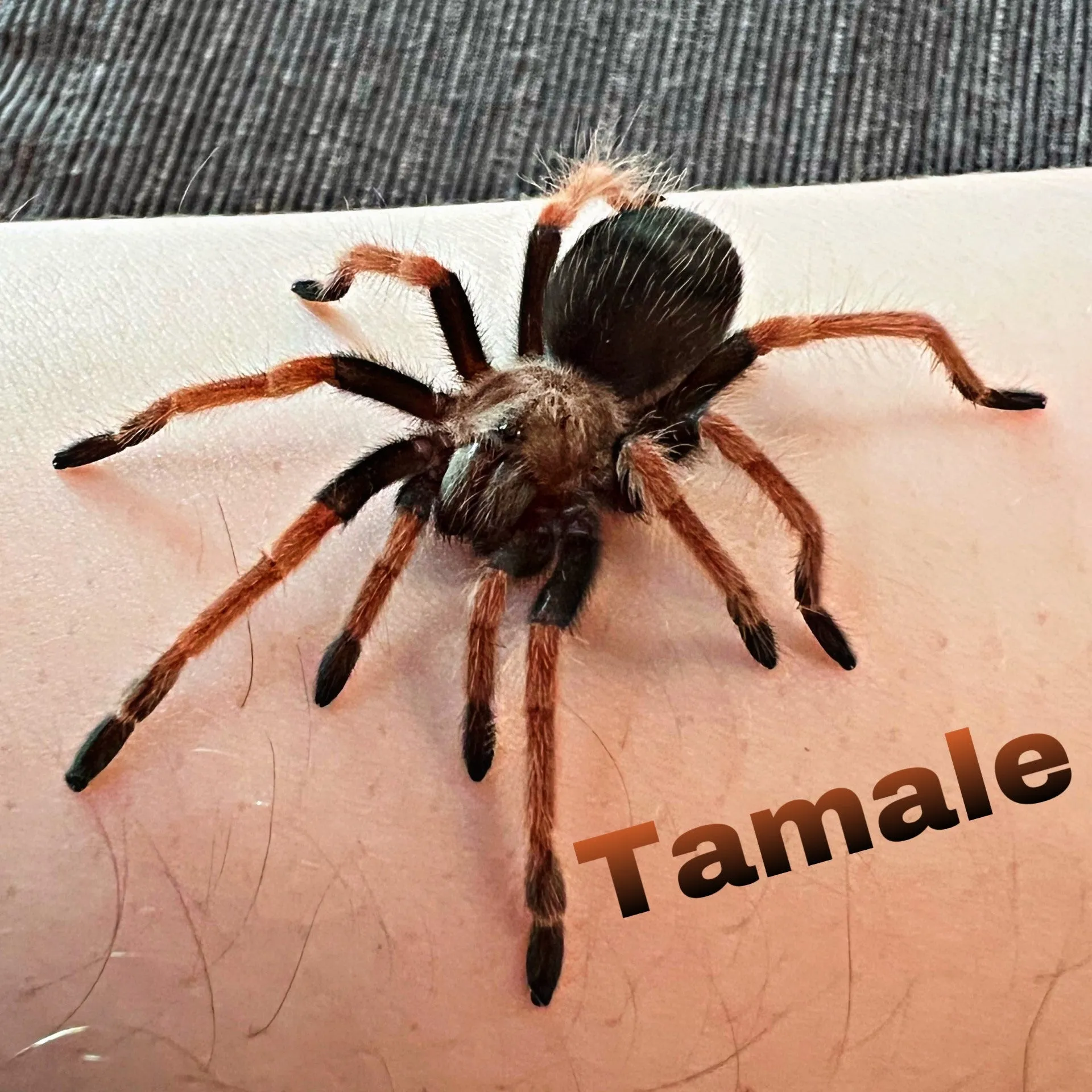What is a Mexican Fireleg Tarantula (Overview)
The Mexican Fireleg Tarantula (Brachypelma boehmei) is a captivating species of tarantula, highly sought after by enthusiasts due to its striking appearance and relatively docile temperament. Native to the Pacific coast of Mexico, these spiders are renowned for their vibrant coloration, featuring a black body contrasted by orange-red hairs on their legs and carapace. Their popularity stems not only from their beauty but also from their manageable size and the ease with which they can be kept in captivity. This article provides a comprehensive overview, illustrated with top pictures, exploring various aspects of the Mexican Fireleg Tarantula, from its physical characteristics and natural habitat to its care requirements and behavior. Get ready to be amazed by these incredible creatures!
Physical Characteristics
The physical characteristics of the Mexican Fireleg Tarantula are key to its appeal. Their bodies are covered in hairs (setae), which serve various purposes, including sensory perception and defense. The spider’s overall appearance is a blend of elegance and intimidation, with the contrasting colors immediately drawing the eye. As they mature, the colors become more pronounced, making adult specimens particularly stunning. The females are generally larger and have a longer lifespan compared to males. Proper understanding of these characteristics is essential for appreciating and caring for these arachnids, allowing enthusiasts to recognize their specific needs and behaviors.
Size and Appearance
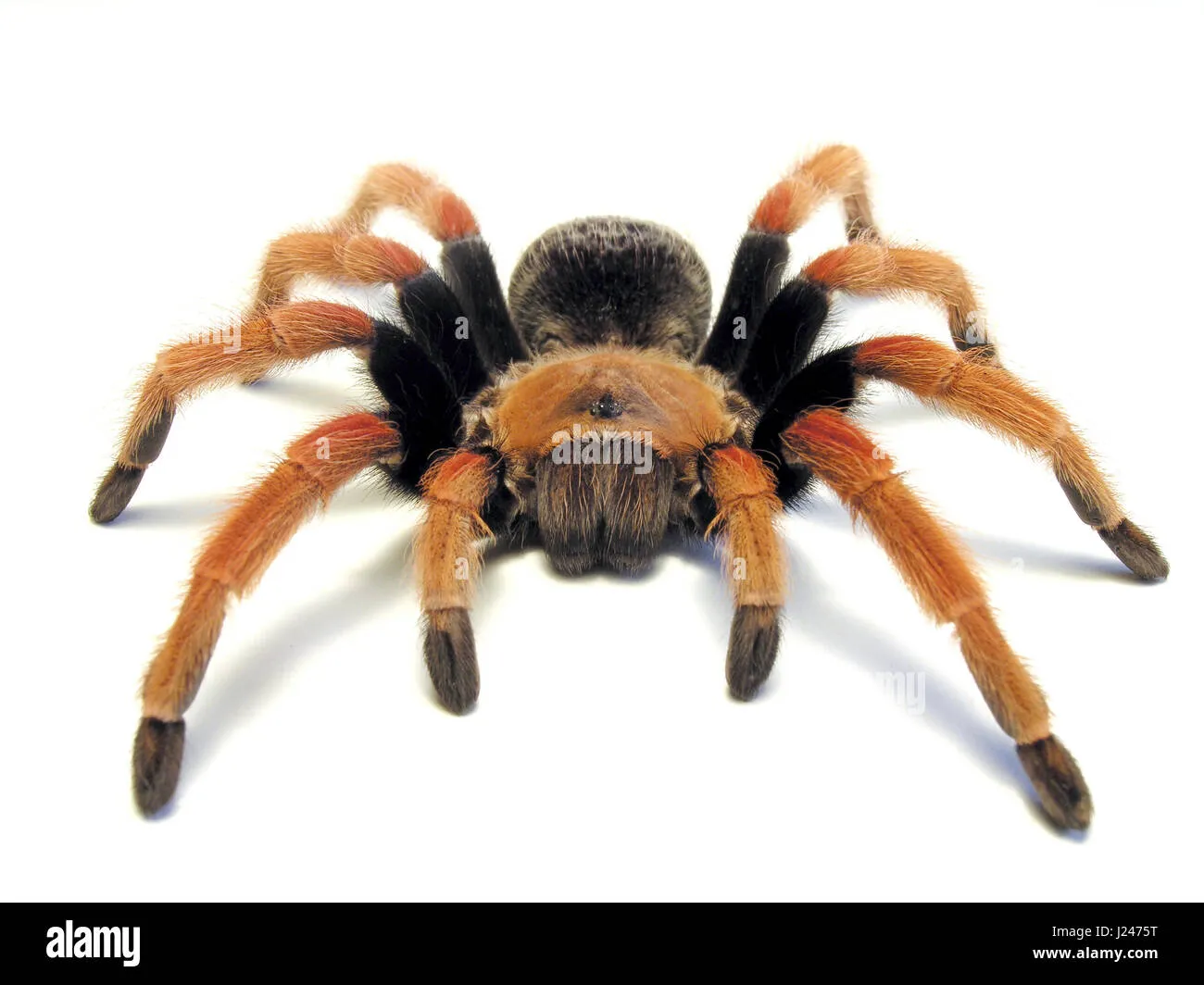
Mexican Fireleg Tarantulas are medium-sized tarantulas, with females typically reaching a leg span of up to 6 inches, while males are generally a bit smaller. Their bodies are robust, and their legs are covered in dense, reddish-orange hairs, giving them their distinctive ‘fireleg’ appearance. The carapace (the top part of the cephalothorax) is usually dark brown or black. This coloration provides a stark contrast to the vibrant leg hairs, making them visually striking. The size and overall appearance contribute significantly to the Mexican Fireleg Tarantula’s appeal as a pet, making them a manageable and visually stunning addition to any collection. Examining pictures, you’ll notice how the spider’s size and form evolve as they mature through various molts.
Coloration and Markings
The coloration of the Mexican Fireleg Tarantula is one of its most captivating features. The legs are adorned with vivid orange-red hairs, which contrast beautifully with the black or dark brown body. The carapace often displays a dark hue, which provides a stunning backdrop for the colorful legs. The abdomen is usually covered in a darker shade of black or brown, complementing the overall color scheme. These striking colors serve not only as a display of beauty but also as a warning to potential predators. The patterns and intensity of the colors can vary slightly between individuals, adding to their unique charm. These features make the Mexican Fireleg Tarantula instantly recognizable and highly sought after by tarantula enthusiasts. Observe the amazing coloration in the pictures available, with each photo highlighting the unique beauty of these creatures.
Habitat and Distribution
Understanding the natural habitat and distribution of the Mexican Fireleg Tarantula is crucial for providing appropriate care in captivity. Native to the western coast of Mexico, these tarantulas inhabit scrublands and tropical deciduous forests. They are primarily terrestrial, meaning they spend most of their time on the ground. The environmental conditions of their natural habitat, including temperature, humidity, and substrate, are essential factors to consider when setting up their enclosure. This knowledge helps in replicating their natural environment, promoting the spider’s well-being. By studying their natural habitat, enthusiasts can ensure that their captive environment meets the spider’s needs. Images of the natural environment helps one understand the type of environment these spiders are accustomed to.
Natural Environment
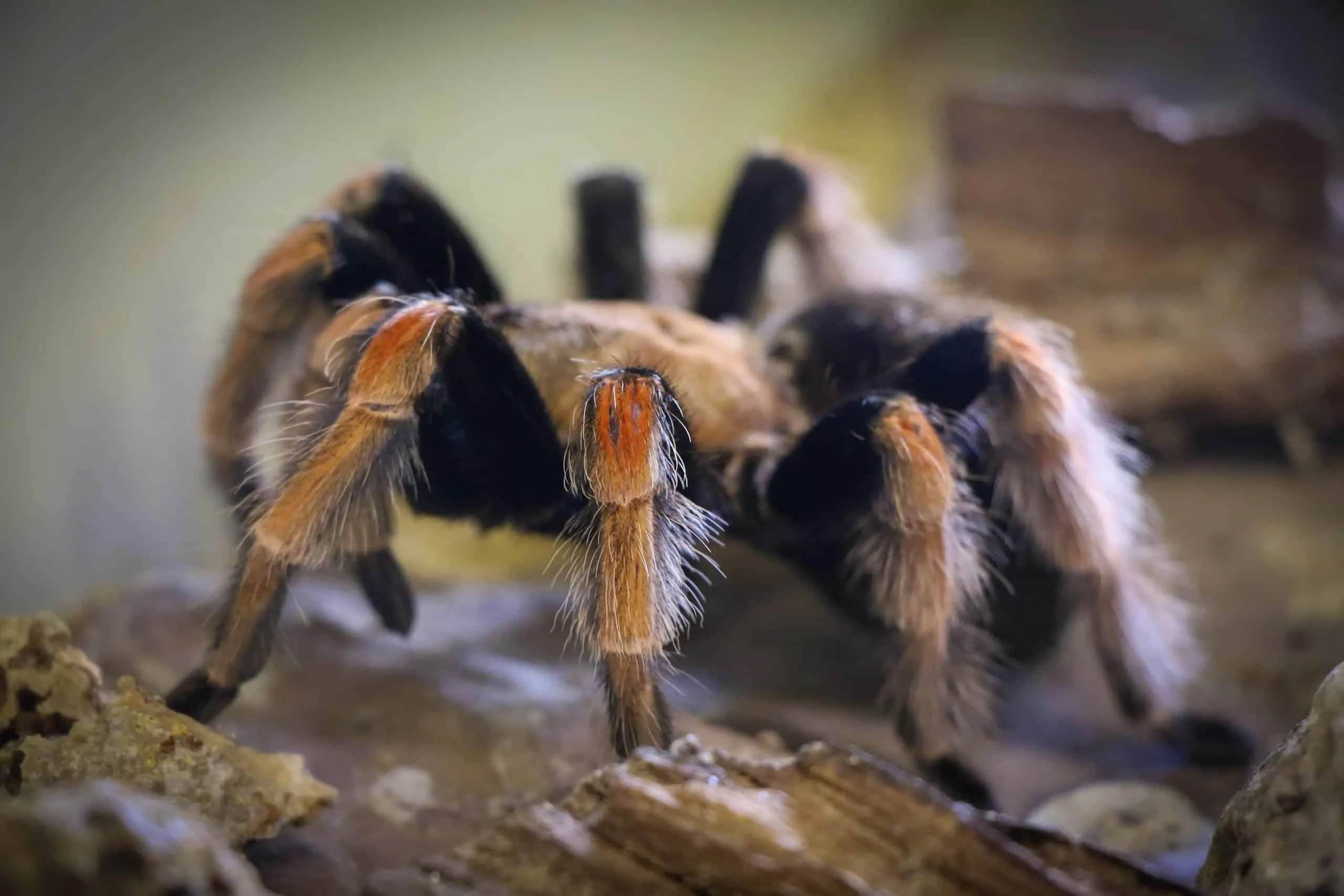
In their natural environment, Mexican Fireleg Tarantulas are found in a specific range of habitats. They prefer warm, dry climates, often inhabiting burrows they create in the ground or utilizing existing shelters. The substrate of their habitat typically consists of a mix of soil, leaf litter, and other organic matter. These spiders are nocturnal hunters, active primarily at night, where they seek out insects and other small invertebrates. The natural environment provides the necessary cover, temperature, and humidity for their survival. Replicating these conditions in captivity is essential to ensure the health and longevity of the tarantula. Observe these environments in the pictures to get a better understanding of how this species thrives.
Geographic Range
The geographic range of the Mexican Fireleg Tarantula is relatively limited, primarily restricted to the Pacific coast of Mexico. They are most commonly found in the states of Guerrero and Michoacán, inhabiting specific ecological niches within these regions. The limited distribution makes them a species of interest and concern in terms of conservation efforts. Habitat loss and other environmental factors pose a threat to their natural populations. Understanding their geographic range is important for conservation and for ensuring ethical practices related to the keeping of these spiders in captivity. By reviewing pictures of their natural environment, one can understand how their geographic range contributes to their survival.
Captive Care and Husbandry
Caring for a Mexican Fireleg Tarantula involves providing a suitable environment that mimics its natural habitat. Proper enclosure setup, appropriate feeding, and maintaining optimal temperature and humidity levels are essential. These tarantulas are relatively easy to care for, making them suitable for both novice and experienced keepers. Regular maintenance, including cleaning the enclosure and providing fresh water, is crucial. Understanding their needs and providing a comfortable living space can significantly enhance their well-being and longevity in captivity. The following sections detail some of the essential elements of captive care, so that you can see the magnificent pictures of these spiders.
Enclosure Requirements
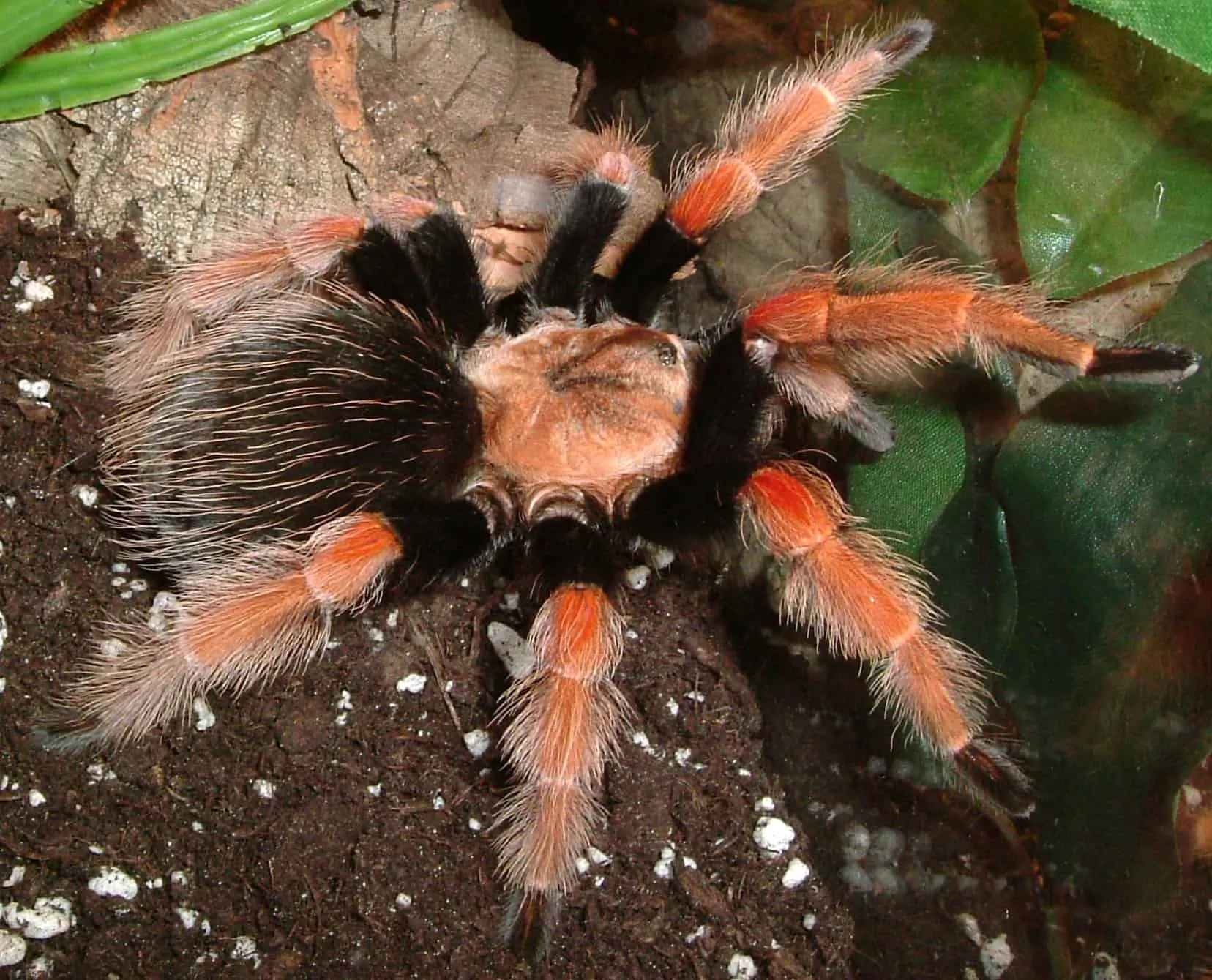
The enclosure for a Mexican Fireleg Tarantula should be appropriately sized and provide a safe and comfortable environment. A glass or plastic terrarium is suitable, with dimensions based on the size of the spider. The enclosure should include a substrate, such as coconut fiber or peat moss, to maintain humidity and allow for burrowing. Hides, such as cork bark or artificial plants, should be provided for the spider to retreat and feel secure. Ventilation is also important to prevent the buildup of moisture and maintain air circulation. Proper temperature and humidity levels should be maintained using a heat source (like a heat mat) and regular misting. By examining pictures of well-set-up enclosures, you can gain an idea of the ideal conditions for your tarantula.
Feeding and Diet
Mexican Fireleg Tarantulas are carnivorous and require a diet of insects. Crickets, roaches, and mealworms are commonly used as food items. The size of the prey should be appropriate for the size of the spider. Juvenile tarantulas should be fed more frequently (2-3 times per week), while adults can be fed once or twice a week. It is important to remove any uneaten prey to prevent stress and potential injury to the tarantula. Fresh water should be available at all times, usually in a shallow dish or bottle cap. Supplementing the diet with occasional vitamin or calcium dust on the prey is also beneficial. In the pictures, you can observe how different keepers prepare their meals for the spiders.
Behavior and Temperament
Mexican Fireleg Tarantulas are generally known for their relatively docile temperament, which makes them popular as pets. However, like any tarantula, they can exhibit defensive behaviors when threatened. Understanding their behavior and recognizing signs of stress is crucial for responsible ownership. Although they rarely bite, they can flick urticating hairs from their abdomen as a defense mechanism. Observing the spider’s behavior, such as its posture and reactions to disturbances, will help you understand its needs. Their behavior is also influenced by factors like age, environment, and individual personality. Learning about their behavior enhances the care and appreciation of these fascinating creatures.
Defensive Mechanisms
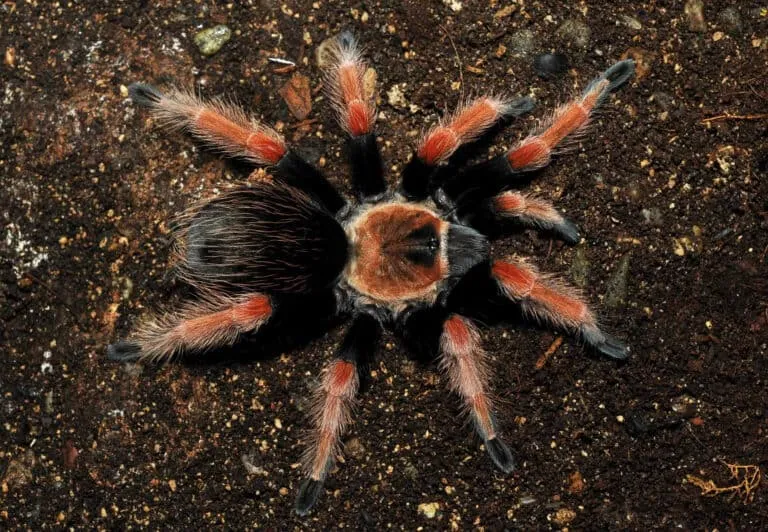
Mexican Fireleg Tarantulas possess several defensive mechanisms to protect themselves from potential threats. The primary defense mechanism is the urticating hairs located on their abdomen. When threatened, they can flick these hairs towards a perceived threat, causing irritation to the skin and eyes. Another defense mechanism is the threat pose, in which they raise their front legs and show their fangs. Although bites are rare, they can occur if the spider feels cornered or extremely threatened. Understanding these mechanisms helps in handling these tarantulas with care and respect. The images of the spiders show some of these defense mechanism displayed.
Molting Process
Molting is a natural process for tarantulas, involving the shedding of their exoskeleton to allow for growth and development. Before molting, the tarantula may stop eating and appear lethargic. It will often lie on its back. The molting process can take several hours or even days. During this time, the spider is vulnerable and should not be disturbed. After molting, the tarantula’s new exoskeleton will be soft, and they should not be fed for a few days until it hardens. The molting process is an important sign of a healthy tarantula. Observing the molting process can be an amazing experience. Several pictures available online show the molting process of the Mexican Fireleg Tarantula.
Additional Photo Resources
For those seeking more stunning pictures of the Mexican Fireleg Tarantula, a variety of resources are available. Online photo galleries, social media platforms, and tarantula-keeping communities offer a wealth of images showcasing these beautiful creatures in various poses and settings. Professional photography websites and stock photo services also feature high-quality images that highlight the intricate details and vibrant colors of this species. By exploring these resources, enthusiasts can further appreciate the beauty of Mexican Fireleg Tarantulas and gain inspiration for their own photography or tarantula-keeping endeavors. Use these pictures to get inspired.
